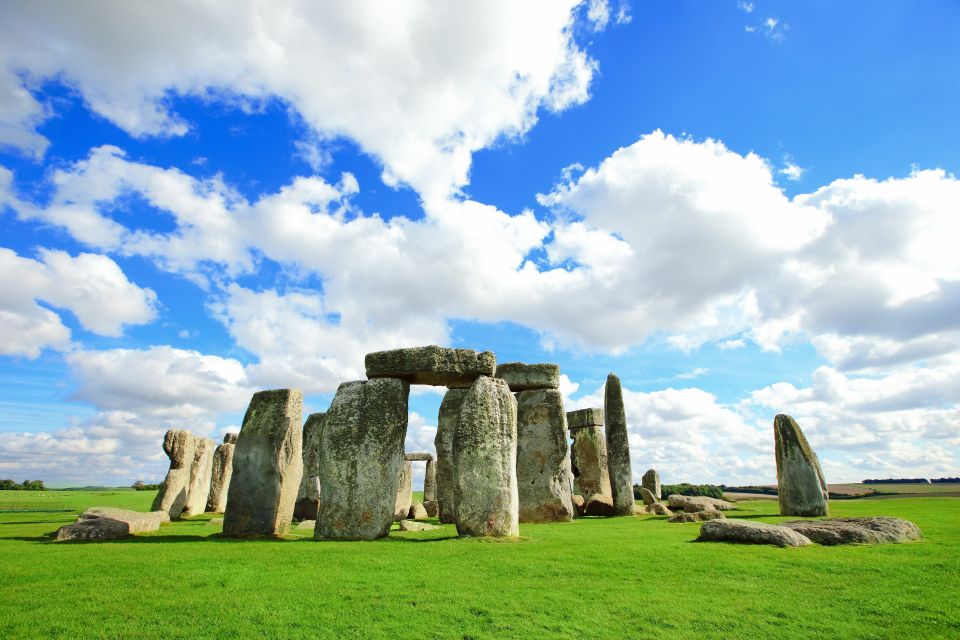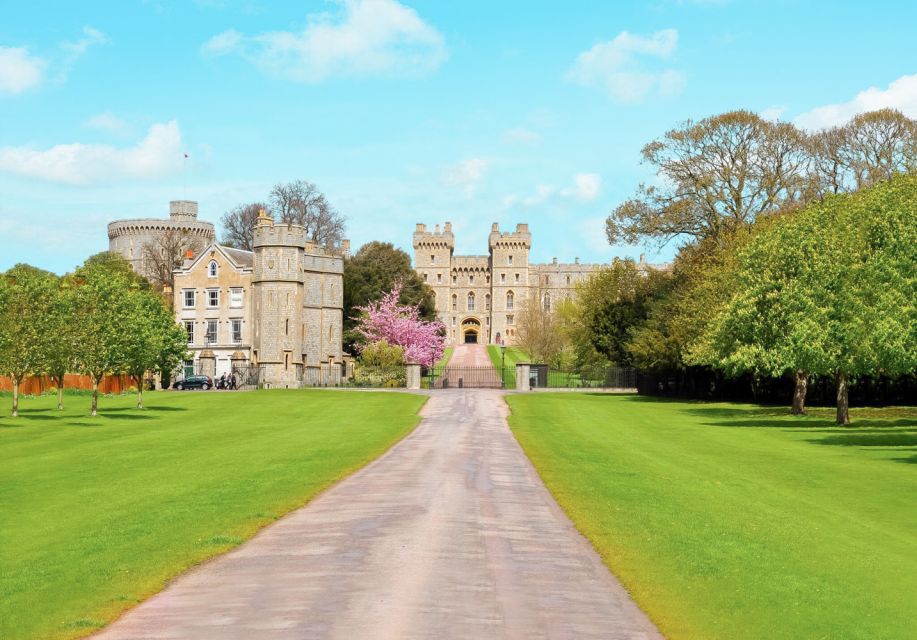Stonehenge History
History of Stonehenge
The history of Stonehenge is a mystery that has puzzled people for centuries. The prehistoric monument is located on the Salisbury Plain in Wiltshire, England, and is made up of an outer ring of sarsen standing stones. These stones are around 4 feet high, 2.1 meters wide, and weigh 25 tons. The origins of Stonehenge are unknown, but it is considered to be one of the most famous and mysterious ancient monuments in the world. It is a UNESCO World Heritage Site and is visited by over a million people each year.
Throughout history, people have gathered at Stonehenge to celebrate the spring, but this tradition was banned in 1985 due to heavy police disputes. However, the annual meeting continued in 2000 and attracts more than 30,000 people today. Advanced Druidic social orders have claimed Stonehenge as their sanctuary, though the connection between Stonehenge and the first Druids is uncertain. The Ancient Order of Druids was founded in 1781 and recent years, the number of Druidic circles compared to other Neo-Pagans has increased.
The true purpose of Stonehenge is unknown, but it is believed to have been constructed in a few stages. The first stage was a henge monument that was built long ago, and an unusual stone circle was added towards the end of the Neolithic period, around 2500 BC. In the early Bronze Age, various burial mounds were created nearby. Today, Stonehenge is considered a part of the English Heritage Site and is a popular tourist attraction.
Many theories have been proposed to explain the origins of Stonehenge, including ancient myths that suggest it was created by Merlin, an Arthurian mythologist, who removed large stones from Ireland when monsters had collected them. Other theories suggest that the Danes invaded the rocks or that it was the remains of a Roman shrine. The true meaning of Stonehenge is still unknown, but it continues to fascinate people with its mystery and wonder.
The history of Stonehenge dates back to the 1660s when it was first studied by collector John Aubrey. Aubrey incorrectly attributed the monument to the Celts and focused on its association with the Druid clergy. Through centuries of research and excavation, it has been revealed that Stonehenge was constructed over many years, beginning as a circular bank and ditch, later replaced with wooden poles.
Around 2600 BC, 80 dolerite stones were brought from Wales and added, followed by the large sarsen stones, weighing 25 tons each, forming a circle and horseshoe shape. It is estimated that the construction of Stonehenge required over 20 million hours of labour.

From London: Stonehenge Half-Day Tour with Audio Guide
£58
Duration: 6 hours

London: Full-Day Windsor, Stonehenge, and Oxford Tour
£69
Duration: 12 hours

